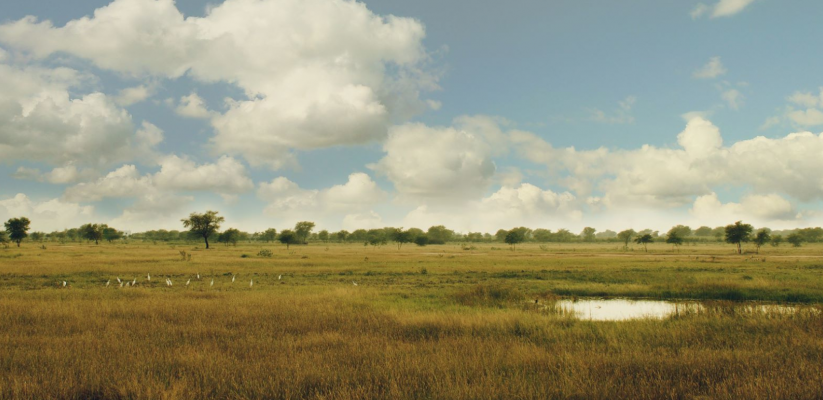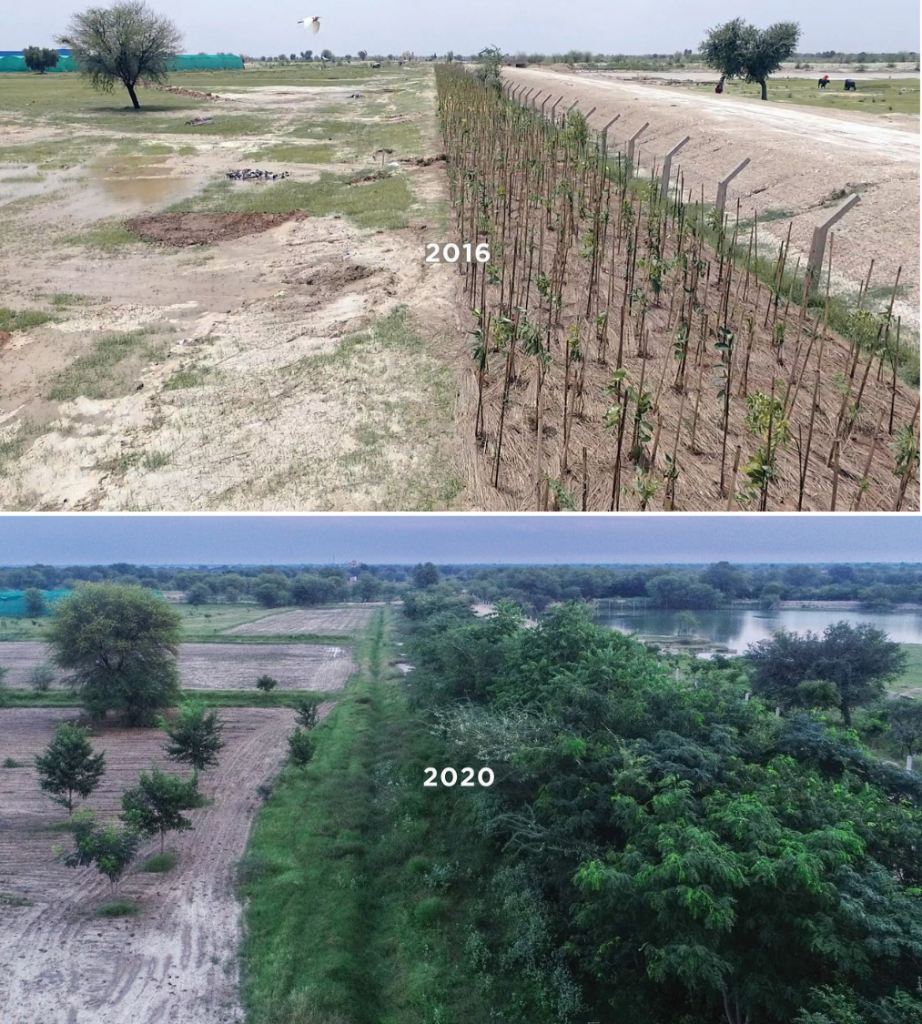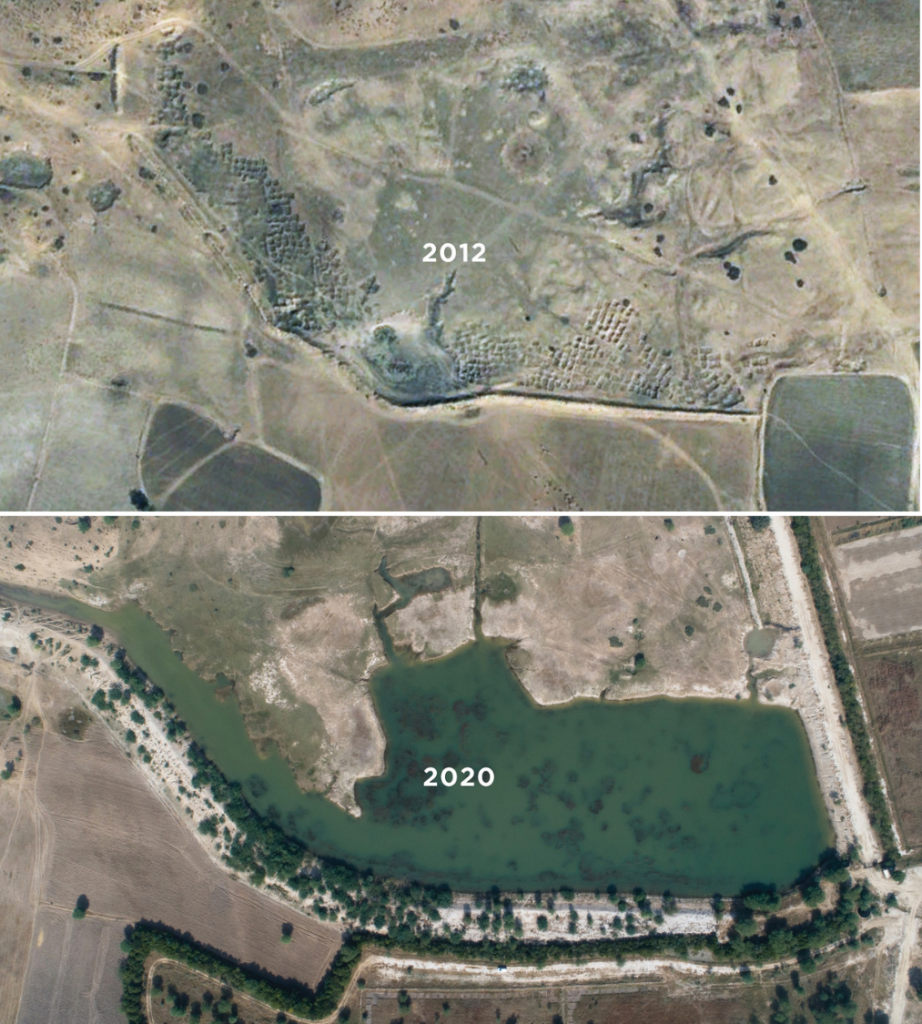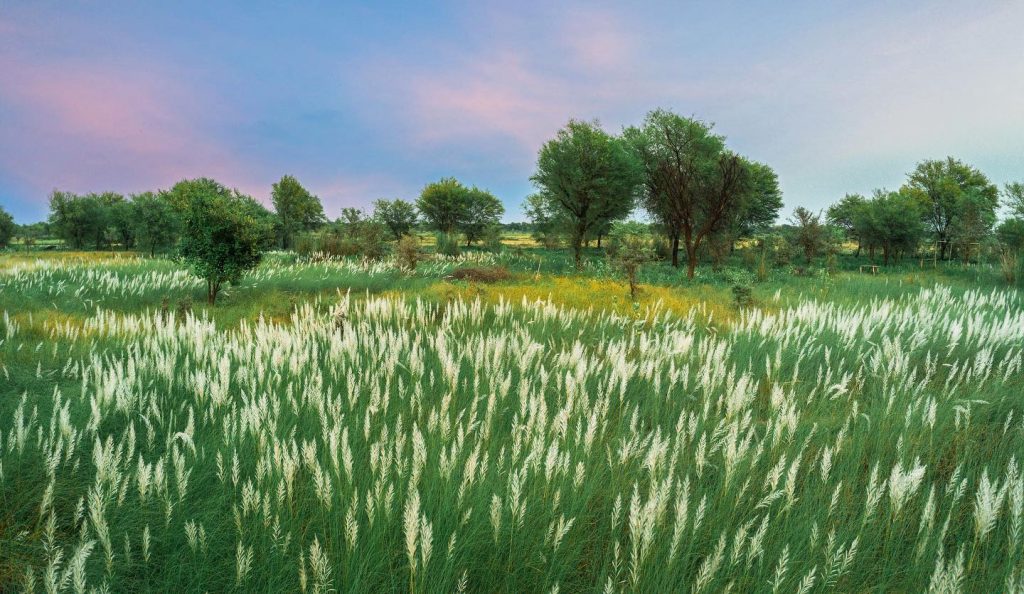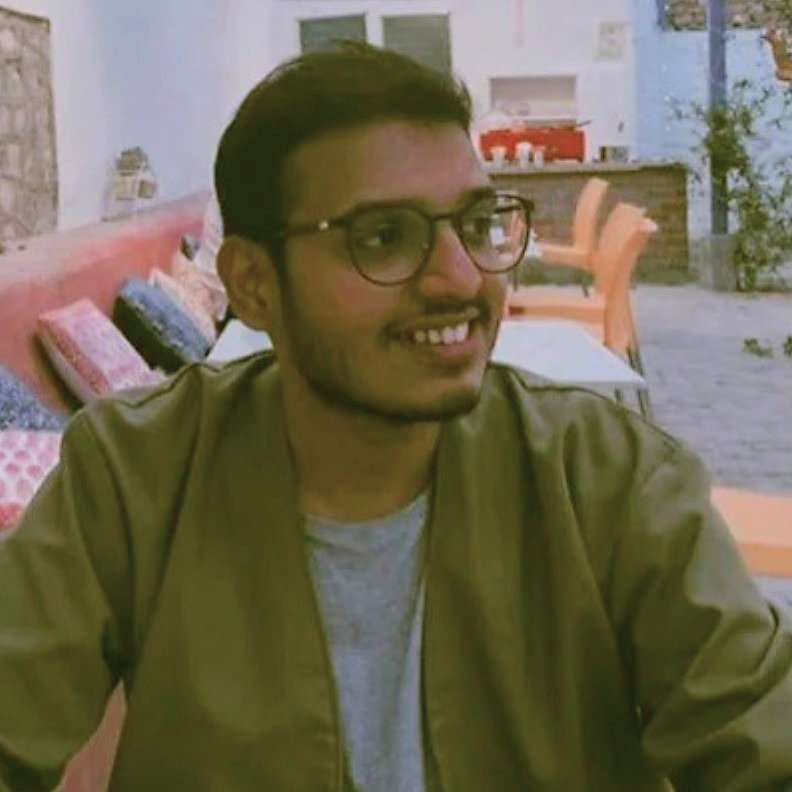It was “love at first sight” when architect Arun Manohar discovered the Architecture, Cultural Identity and Globalisation MA course at the University of Westminster.
With a keen interest in anthropology and culture, and already an undergraduate degree from Chennai, this Westminster course seemed like the perfect fit – and worth moving abroad for.
“For me, I did not have this fascination of living in London or studying abroad. It was the other way around. I was fascinated with the course.”
After completing the MA, and surviving London’s miserable weather, Arun headed to the hot and dry Jaipur, to put his expertise into practice.
“Jaipur is like the postcard of India – from palaces, to elephants, to camels to colours.”
It was in these new, culturally vibrant surroundings that Arun discovered a new philosophy and understanding of architecture – and even India itself.
“I was extremely urban until then. It was only when I went to Jaipur, I really had a chance to meet rural communities, work with them and understand indigenous knowledge.” That’s where, he says, he had his “a-hah moment”.
One of the projects Arun worked on in Jaipur, named ‘Dhun’ (meaning ‘in tune with’ in Hindi), was to regenerate a 500-acre land bank on the outskirts of the city. The plan for this project was to build a city ‘in tune’ with people, in contrast to the many modern-day cities that are becoming, as Arun says, “unliveable, unsustainable and unaffordable”.
A key part of regenerating the land back to its ecological balance was to ‘rewild’ the space.
“Rewilding means that you’re not doing calculated, designed, landscape intervention. You’re letting nature take over the land and then you’re falling in the course of nature.”
The project implemented rewilding to create a set of lakes, which meant following the water to see where it naturally collected. But Rajasthan being such a dry place, it took Arun three years – and three monsoon seasons – of following the water, and working with local knowledge, to learn where best to build the lakes.
“In India we have this very philosophical context that ‘the land knows the best and people know better’. So it’s all about the indigenous people and the rural communities around the land who have lived there generations before us. They know exactly where the water would go.”
Human beings have “a lot of these bioindicators”, says Arun.
“But somewhere down the line we have disconnected from ourselves. Living in cities where we are seeing resources as commodities, because water comes in a tap.”
As well as reconnecting with nature, Arun’s architectural interests also lie in reconnecting with indigenous cultural heritage, in place of colonial practices.
“India, like most countries, has been heavily colonised. We still have a very colonised mindset and that has trickled down to the way we build.”
A perfect example of indigenous architecture, Arun explains, are the havelis typical in Rajasthan.
“These houses are decked with the finest decor and artisan craftsmanship. That to me, is where the indigenous knowledge of everything is.”
From things as simple as the ventilation system and the lattice pattern on the buildings, which, Arun explains, means that “whenever there’s a dusty storm, all the dust falls outside the building and only the cool air goes inside.”
These are the little details that have been lost through colonisation, he says.
“And now we aspire glass buildings and skyscrapers like a lot of these Western countries, which are in a very different climatic zone.”
The indigenous practices are rooted deep and intertwined with India’s cultural heritage. A good example of this is the city Jaisalmer. Although one of the most inhabited deserts in the world, it is so dry that people will remove their footwear within one kilometre of the water, as a sign of respect.
“That’s the kind of culture where we come from, where we respect trees, we respect animals, we respect birds, and we respect water.
“So we just wanted to bring all of the sensitivity back into an Urban Development, and really connect us to the nature and the land that we live in.”
Connecting with nature and culture, and using architecture to implement greener initiatives is more important than ever.
“The world is crumbling around us. Powerful nations are pulling out on agreements and promises. To me, climate change is no longer an elite thing.
“Our livelihoods are very, very connected to our environment, and it should be in our interest to save our environment, so that our livelihoods are not affected also.
Although far from alone in the climate crisis, along with China and the US, India is home to many of the world’s most polluted cities, Arun says. In Delhi, the air that a child breathes before the age of five is equal to 10,000 cigarettes.
“If you really want to give a better space to our generation, we need to buckle up. If we really want our livelihoods not to be affected, we need to buckle up.”
But we don’t all need to be designing new cities to contribute to climate resilience. Arun suggests small, simple actions – like segregating waste, using public transport and being mindful of how much water we consume – can go a long way.
Now in Bengaluru, Arun is working with city officials and civic bodies, to look at nature-based solutions for further preparing the city for climate resilience. This involves urban greening and identifying potential open spaces in the otherwise densely populated city.
While Arun is interested in academia, and even looked into a PhD last year, he realises that what the sector – and in fact, the world – really needs, is “more people on the ground”.
“What I’m really trying to do is get off this high horse. I want to simplify what my work means, so that it reaches more people.
“We need more people who can work with policymakers and decision makers. We have this really skewed understanding of politics. I think politicians should be our friends, because that’s our only way out.”
We are extremely proud of Arun’s work, which aligns to Westminster values as a responsible university and directly contributes to the United Nations Sustainable Development Goal (SDG) 11: Sustainable Cities and Communities. Since 2019, the University of Westminster has used the SDGs holistically to frame strategic decisions to help students and colleagues fulfil their potential and contribute to a more sustainable, equitable and healthier society.
Image credits: Dhun Life pvt Ltd
- Upcoming international Alumni events - 5 August2025
- The many lives of Allyson Williams, MBE - 3 March2025
- Professional Etiquette for Biomedical Science Graduates - 20 February2025
